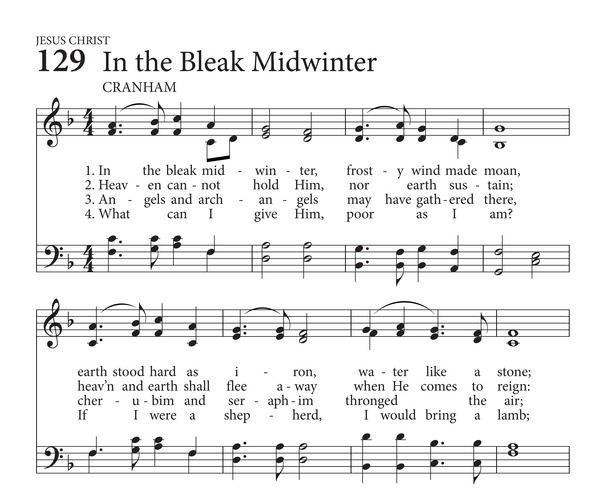Good Christian Men, Rejoice
- Fr. Scott Haynes

- Jan 21, 2022
- 2 min read
Fr. Scott Haynes
Nearly seven hundred years ago, a Dominican friar named Henry Suso had a vision of angels singing and dancing with joy about the birth of the Infant Jesus. The German preacher and mystic poet was soon swept up by the angelic song, and penned the Christmas hymn In Dulci Jubilo as a result.
In the loose translation familiar to many today, we sing:
Good Christian men, rejoice
With heart and soul and voice;
Now ye need not fear the grave;
Jesus Christ was born to save!
Calls you one and calls you all
To gain his everlasting hall.
Christ was born to save!
The friars of the Dominican House of Studies in Washington, DC, continue this tradition of celebrating Christmas with a new album, Christ Was Born to Save. The album features such timeless favorites as Away in a Manger, O Come, All Ye Faithful, and Silent Night, along with many other beautiful carols, chants, and choral works.
All the music on this album flows from our prayerful contemplation of this great mystery: that God became man to save us from ourselves, and make us more like Him. Christ was born to save. This is what caused the angels to sing and dance in Blessed Henry’s vision, and is the true source of Christmas joy.
God fulfilled his promise to restore creation to friendship with him through his Chosen People. Once again, God proved faithful to a mistrustful humanity, and confounded their doubts and expectations in the most extraordinary ways. The Lord of Hosts, robed in majesty, became a lowly child, bundled in swaddling clothes. And why? That, as he shares our humanity, we may share in his divinity, by becoming adopted sons and daughters of God. Christ was born for this.
The crib points to the Cross, and to the Resurrection still further. God has truly become man, and it means that we may share in his victory over sin and death. The sacred songs and chants of Christmas recorded by our schola in the resonant acoustic of Washington’s Franciscan Monastery of the Holy Land recount this tremendous mystery.



Comments